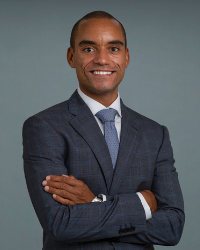
June has become known by many in the Lesbian, Gay, Bisexual, Transgender, Queer, Intersex community and their Allies (LGBTQIA) as Pride Month. The history of this month goes back several decades; it began as a way to commemorate the uprising of the LGBTQIA community in the 1960’s against discrimination and injustice. The Stonewall Riots in New York City were among the earliest demonstrations against such inequality, and ultimately helped lead to Pride as we know it today. What started as a small march at the end of June in 1970, in a few select cities, has now grown into a month-long celebration with over 200 pride parades arranged annually worldwide.
While there is a global trend toward increased acceptance of the LGBTQIA community, with record numbers of adults identifying as something other than heterosexual, there are over 70 countries and countless local communities still plagued with bigotry. The medical community is no exception. Data from as recent as this past February demonstrates that discrimination in medicine on the basis of sexual orientation is still a problem faced by many physicians. It is for this reason that we should celebrate Pride in our local medical communities now more than ever. What does Pride mean, though? Firstly, it is important to recognize that not everyone defines or celebrates Pride in the same way. For me personally, Pride Month is a reminder to celebrate our differences. It is a reminder to live truthfully, to accept and have confidence in one’s self. It means understanding that one’s passions and goals in life may differ from those around them and there is nothing wrong with such diversity.
Within our vascular community, there is considerable diversity to appreciate. Some of us work in private practice in small cities, while others work in academic practice in larger cities. There are vascular surgeons striving to be the next top aortic surgeon, while others explore the complexities of vascular disease on a molecular level and their neighbors work just as diligently to construct the next best endograft. All of us share a common goal, though, which is at the root of medicine as a whole: to help the patient. As one unified vascular community, this month should remind us that we can be our authentic, unique selves professionally as well as personally. We especially recognize this month, that while our colleagues and patients may be different than us in many ways, those differences should be honored and celebrated, not discriminated against. The path to self-acceptance can be long and challenging for many, while others unfortunately never achieve it at all. As such, I encourage us to take some extra time this month to celebrate our colleagues in the LGBTQIA community and support them along their journey.